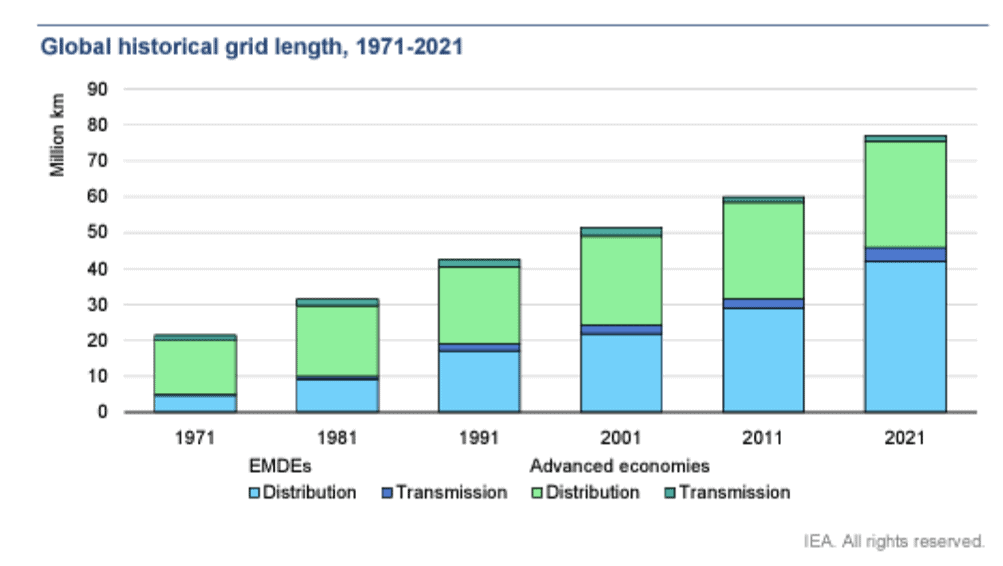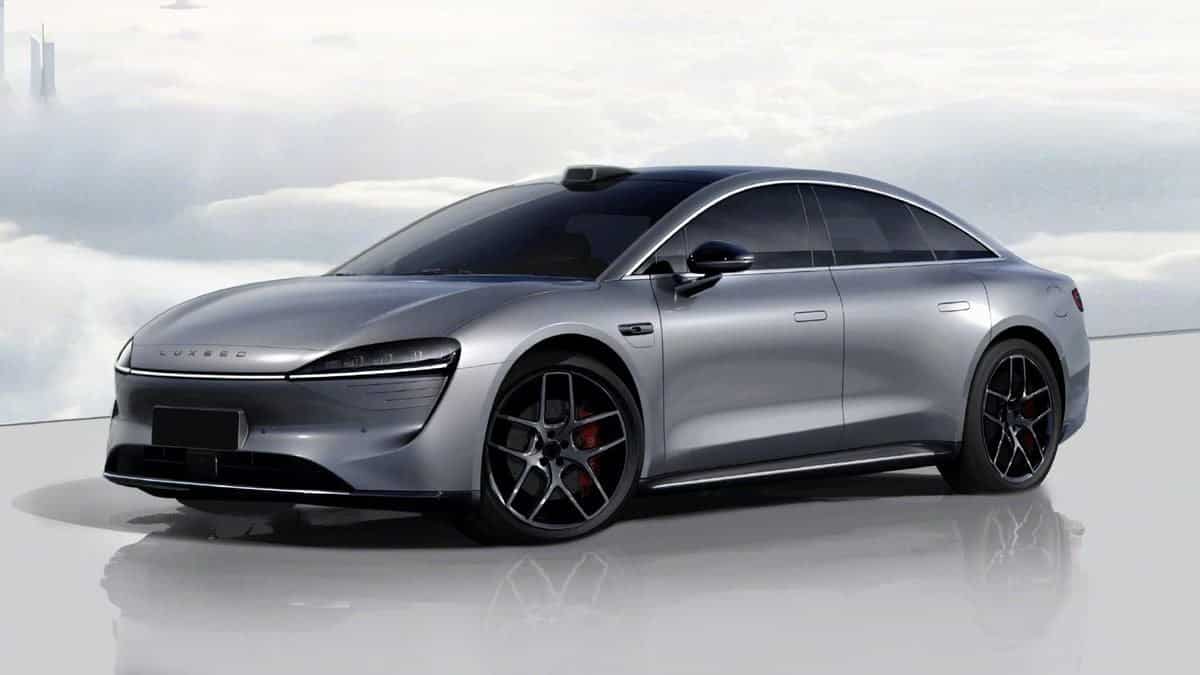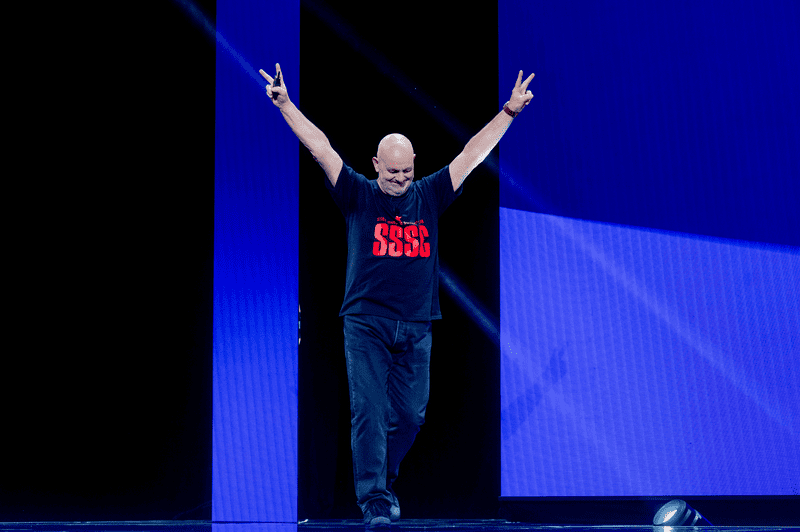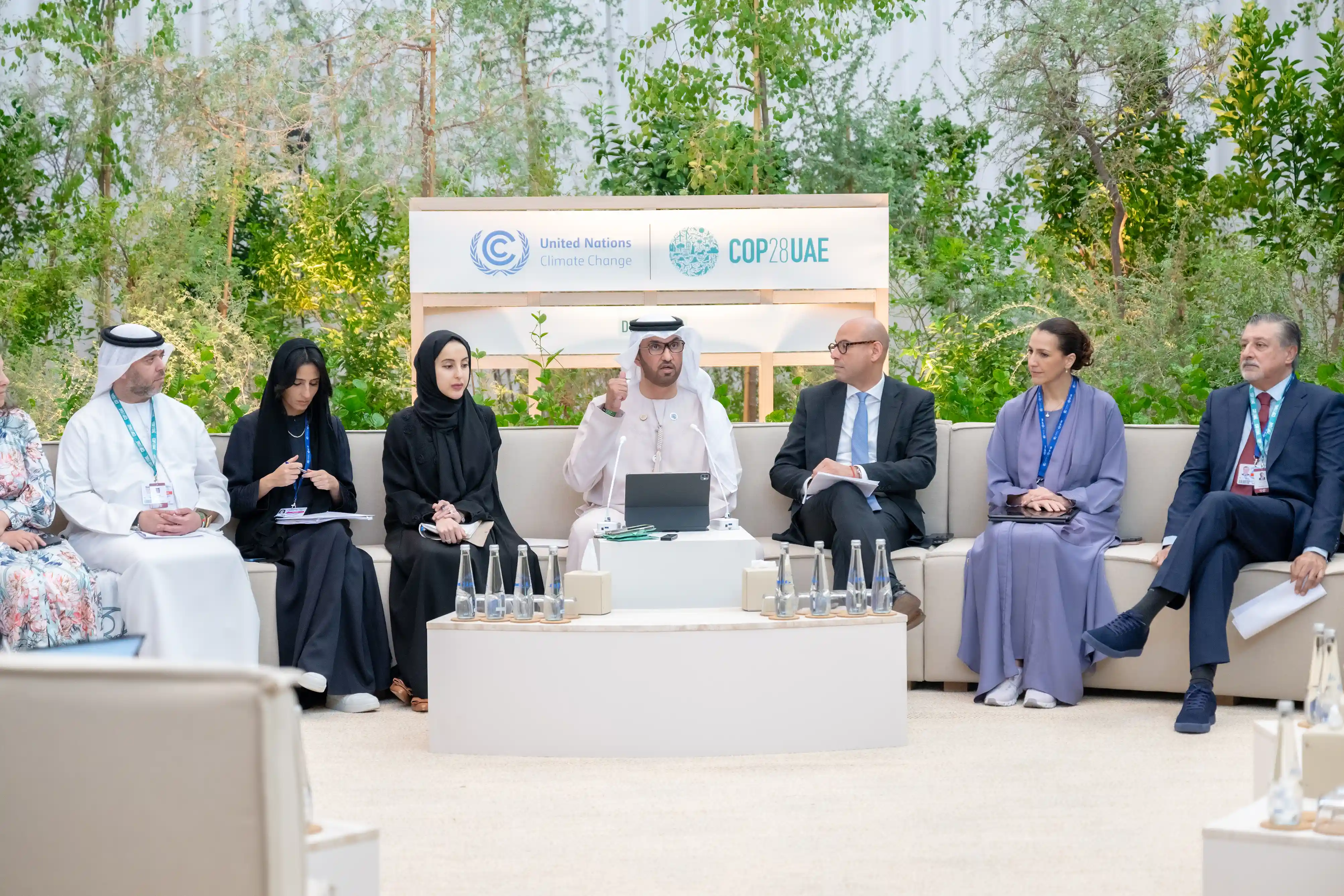
Modern, smart, and expanded electricity grids are not just the backbone of today’s energy systems but are pivotal for successful clean energy transitions. Despite their century-long history of delivering power, they are now undergoing a transformation, driven by the global push towards net-zero emissions. As the world leans more into electric vehicles, electric heating and cooling systems, and hydrogen production through electrolysis, the electricity demand is set to skyrocket. To meet national energy and climate goals, global electricity use needs to surge 20% faster in the upcoming decade than the last, a report by the International Energy Agency (IEA) states.
The Challenge Ahead
The challenge is monumental. By 2040, the world needs to add or refurbish over 80 million kilometers of grids, equivalent to the entire existing global grid. With wind and solar PV projected to account for over 80% of the global power capacity increase in the next two decades, modernizing distribution grids and establishing new transmission corridors becomes imperative. These grids connect renewable resources, like solar PV projects in deserts and offshore wind turbines, to big demand centers such as cities and industrial zones.
The Bottleneck in Clean Energy Transitions
However, a significant bottleneck is emerging. Approximately 3,000 gigawatts (GW) of renewable power projects are currently in grid connection queues, five times the capacity added in 2022. This backlog indicates that while renewables have surged, global grid investment has stagnated at around USD 300 billion annually. Such delays could have dire consequences, potentially increasing global CO2 emissions by 58 gigatonnes by 2050, jeopardizing the 1.5 °C global temperature rise target.

The Economic Impact
The economic repercussions are also concerning. Today, power outages cost around USD 100 billion annually, or 0.1% of global GDP. Delayed grid development could exacerbate this, increasing countries’ reliance on gas and coal imports and heightening the risk of economically damaging outages.
The Path Forward
To ensure a smooth transition, regulatory frameworks need an overhaul. Grid regulations should incentivize rapid adaptation to changing electricity demand and supply patterns. Furthermore, planning for transmission and distribution grids should be integrated with long-term government planning processes. This would help anticipate the growth of distributed resources and connect resource-rich regions.
Public engagement is also crucial. The general populace must understand the connection between modern grids and successful energy transitions. To meet climate targets, global grid investment must nearly double by 2030, reaching over USD 600 billion annually.
As the world races towards a cleaner energy future, the importance of modern, smart, and expanded grids cannot be overstated. They are the unsung heroes, ensuring that the energy produced reaches consumers efficiently and sustainably. Policymakers, industry stakeholders, and the public need to recognize this and act swiftly to ensure that grids are not the weak link in our clean energy future.









